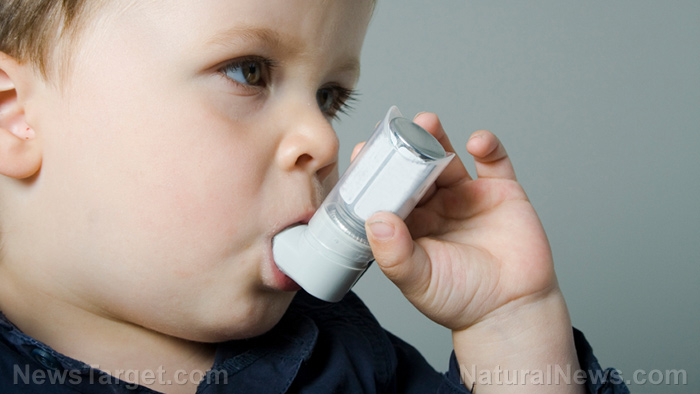
Researchers from Spain examined pregnant women's phenol exposure and found that many of them had detectable BPA levels in their urine. Children born to women with higher BPA levels had a smaller lung capacity and were more prone to wheezing, the coarse whistling sound that accompanies breathing when the airway is blocked.
BPA exposure linked to wheezing, poor lungs in children
BPA belongs to a group of chemicals called phenols and are commonly used to make food containers, plastic bottles, cans, toys and some types of paper.
"Phenols are known to be 'endocrine disruptors', which means they can interfere with the hormone system and consequently alter many essential body functions, including the respiratory and immune systems," said lead researcher Alicia Abellan of the Barcelona Institute for Global Health.
Abellan added that babies in the womb are especially vulnerable to the harmful effects of phenols. They lack the ability to get rid of toxic substances as their respiratory and immune systems are still developing, she explained.
Abellan and her colleagues examined more than 2,600 pairs of mothers and their children who participated in one of eight large European studies. Urine samples taken during pregnancy were used to measure the mothers' phenol exposure. The children's lung function was assessed when they were between six and ten years old. Questionnaires were also used to determine whether the children were wheezing.

Results showed that 79 percent of the women had detectable BPA levels during pregnancy. Less common phenols, such as bisphenol S and bisphenol F, were also detected in a few women.
Further analysis suggested that women with higher levels of BPA were 13 percent more likely to have children with wheezing. Meanwhile, doubling the BPA levels in a mother's urine sample corresponded with a five-milliliter decrease in a child's lung capacity.
One explanation for the findings is that BPA interacted with hormone signals in the fetus, said Abellan. This could have had altered the development of the immune and respiratory system.
Abellan said that her team plans to continue studying the effects of BPA exposure on children, as well as the effects of the other phenols found in lower concentrations. (Related: Beware BPA vs. BPA free: the plastics industry is trading one toxin for another.)
Exposure levels to BPA may have been underestimated
Another study, published in the Lancet Diabetes & Endocrinology, suggests that exposure levels to BPA may be far higher than previously estimated.
A group of researchers developed a novel method of measuring the chemical that allowed them to more accurately measure BPA metabolites, the compounds created as BPA passes through the human body. They compared this with the method commonly used by U.S. regulatory agencies.
After trying both methods on synthetic urine spiked with BPA and then on 39 human samples, they found that the novel method detected 44 times the average BPA levels reported in the National Health and Nutrition Examination Survey (NHANES), a common source of data for BPA studies. What's more, the disparity between the two methods seemed to increase with greater BPA exposure.
"BPA is still being measured indirectly through NHANES, and it's not the only endocrine-disrupting chemical being measured this way," said co-author Roy Gerona of the University of California, San Francisco.
Common routes of BPA exposure include eating food or drinking water stored in BPA containers and oral contact with materials containing BPA. Dental sealants with BPA may also lead to short-term exposure.
Learn more about the health consequences of BPA exposure at Chemicals.news.
Sources include:
Please contact us for more information.





















